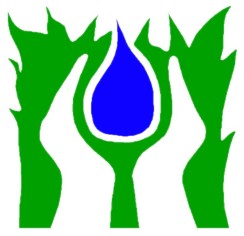Living Water
Bioremediation of Contaminated Soils and Sludges
We use and are developing further natural remediation techniques (bioremediation) and composting processes to improve the quality of materials including:- Gully sludge (arisings from road gullies including hydrocarbons, oils , chemicals heavy metals, salt, grit, soil)
- Pipeline piggings (pigwax)
- Tank bottom sludges
- Contaminated straw and hay from filters
- Waste from petrol interceptors, catch pits and settlement tanks
- Contaminated soil (with hydrocarbons, jet fuel, acid mine drainage)
Our objective is to utilise bioremediation and composting techniques to recycle the various materials currently specified as a special waste into a useful soil product. Special waste can only be disposed of in designated landfill sites and is a very expensive option. In the case of contaminated soils we treat material so it can support native vegetation and a healthy ecology.
In the case of gully sludge, we have been able to transform it into British and European agricultural grade compost supporting earthworms and the range of healthy soil microorganisms to be used in the reinstatement of road verges, capping landfills, landscaping applications. Through mixing it with subsoils that were also considered a waste product we have created a high quality topsoil substitute. This company saves approximately £ 25,000 per year (tipping and landfill charges and transport) and also receives an income when the final product is sold to the end user.
Most of the remediation carried out for oil companies are for in situ clean-up operations and all materials are transformed and utilised on site for landscaping and increasing biodiversity.
